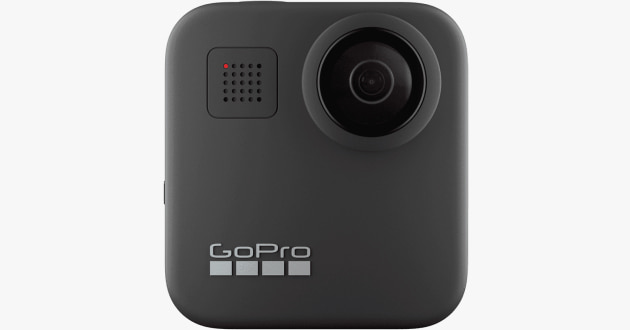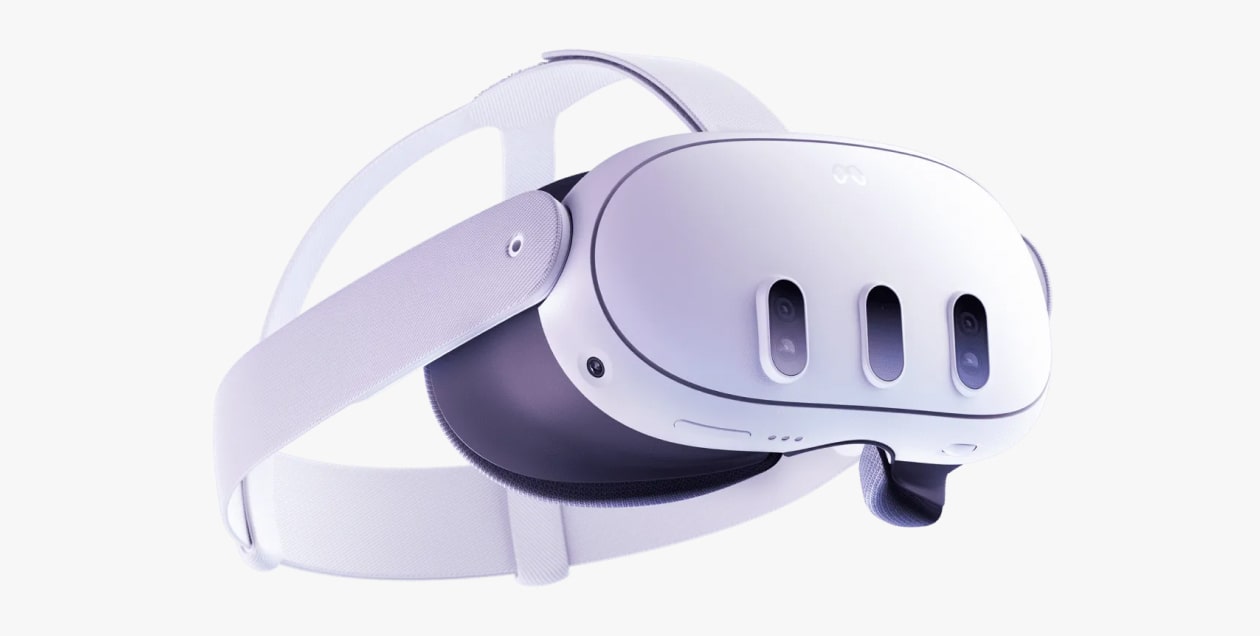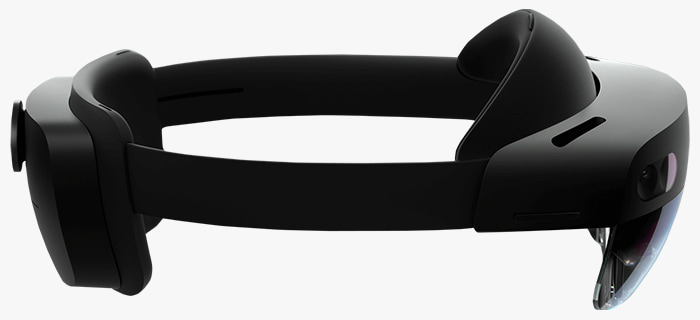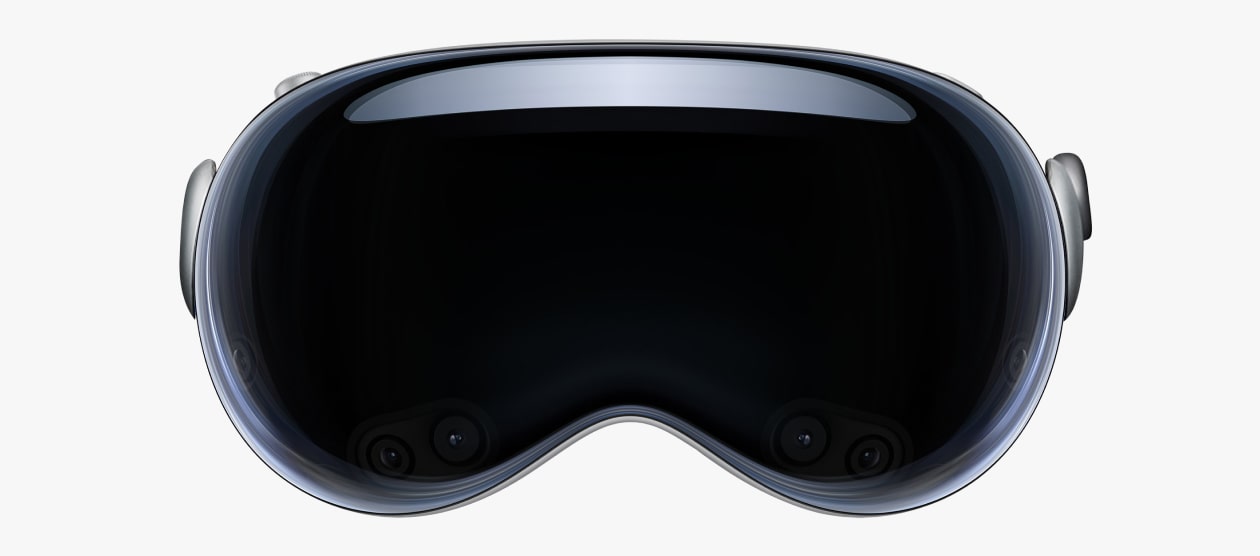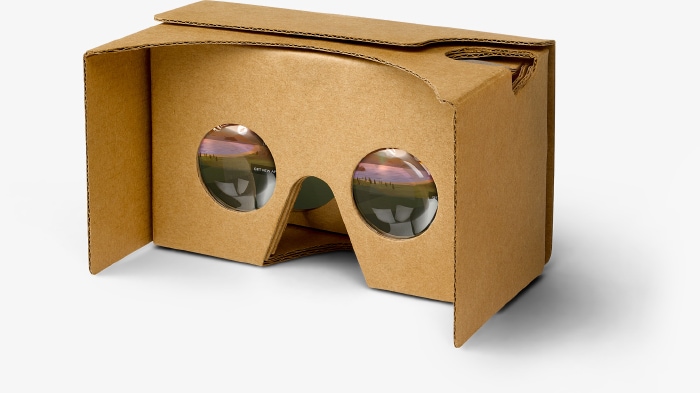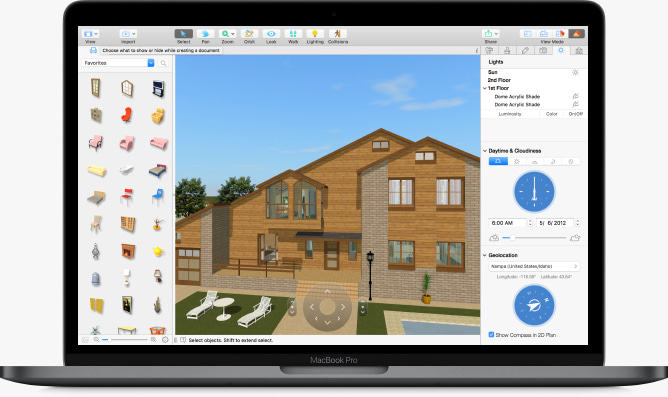This variant is ideal for realtors and people who want to sell or lease their property. Having prepared the sequence of 360° images, a house or an apartment can be viewed by a potential customer without the need for a personal visit to the property. There are many websites that can be used for showcasing the VR model, including Kuula and Facebook 360, among others.
The main disadvantage of this, however, is that you are unable to remodel the house in VR view, unless you actually move the furniture or paint the walls, then repeat the scanning process. You will be working with a photo as opposed to an editable model.
Is it possible to create an editable virtual model? Sure, interior design apps like Live Home 3D can help you with this task, but we will revisit this later in this article, once we review the special headsets you may need for viewing virtual models.
